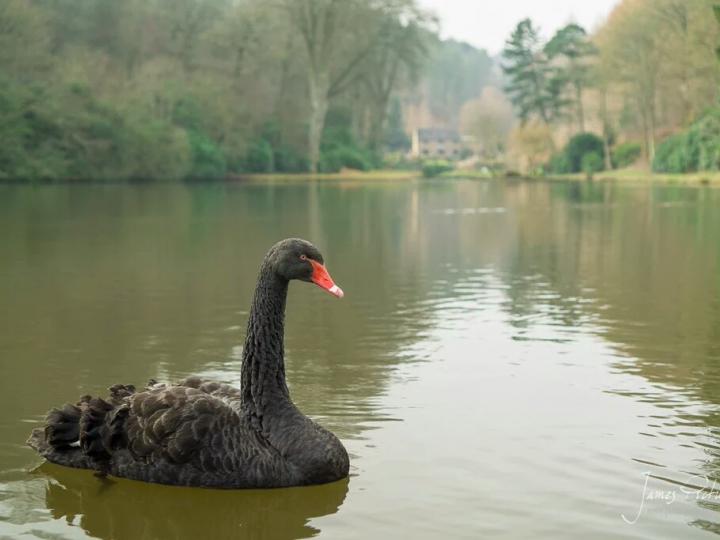The smelting mill is now much altered and is a private residence, but the former mill pond is a very popular place with walkers in National Trust's Dimmingsdale.
Lead smelting mill described as new in 1741 and converted to corn grinding in 1784. Single high breast water wheel and three pairs of stones.
The Alton Mill, situated at the mouth of Dimmingsdale, is still known at the Smelting Mill even though it had longers use as a corn mill. In 1741 Geroge Talbot, Earl of Shrewsbury, leased out a 'newly erected building for the smelthing of lead commonly called a smelting mill, refinery and slag hearth...' at Alton Common. In 1760 lead was still being smelted and the site had a smiths shop, two houses, a barn, nine acres and a pool. The will of Edward Coyney, 1772, mentions his share in the mill along with his share in the mines at Ecton, which is the most likely source for the lead being produced at Dimmingsdake. The life of the smelting mill was relatively short and in 1786 it was described as 'lately converted into a corn mill'. The latter use has removed all obvious traces of the building's function as lead smelting mill.
SK0607 4323



